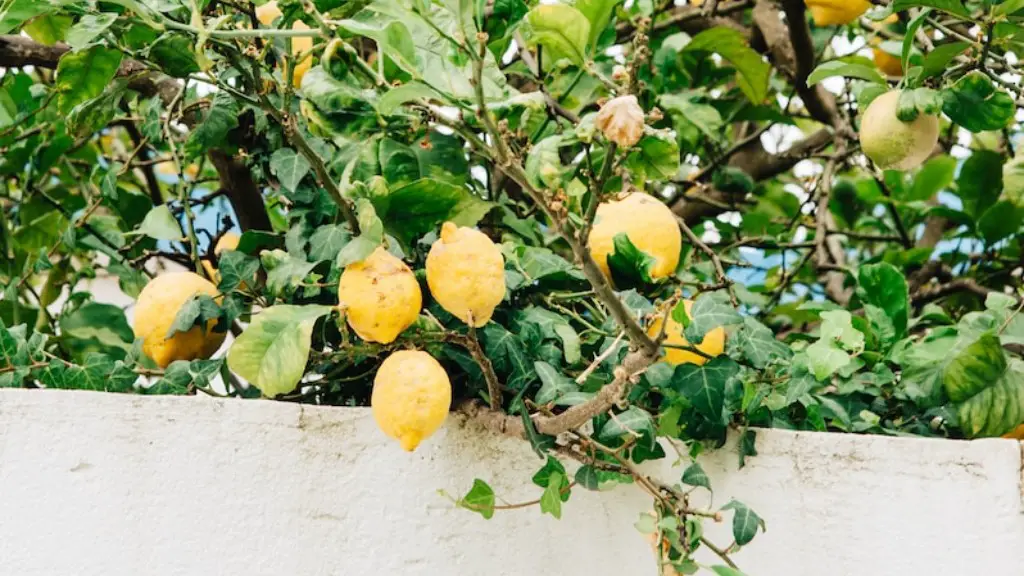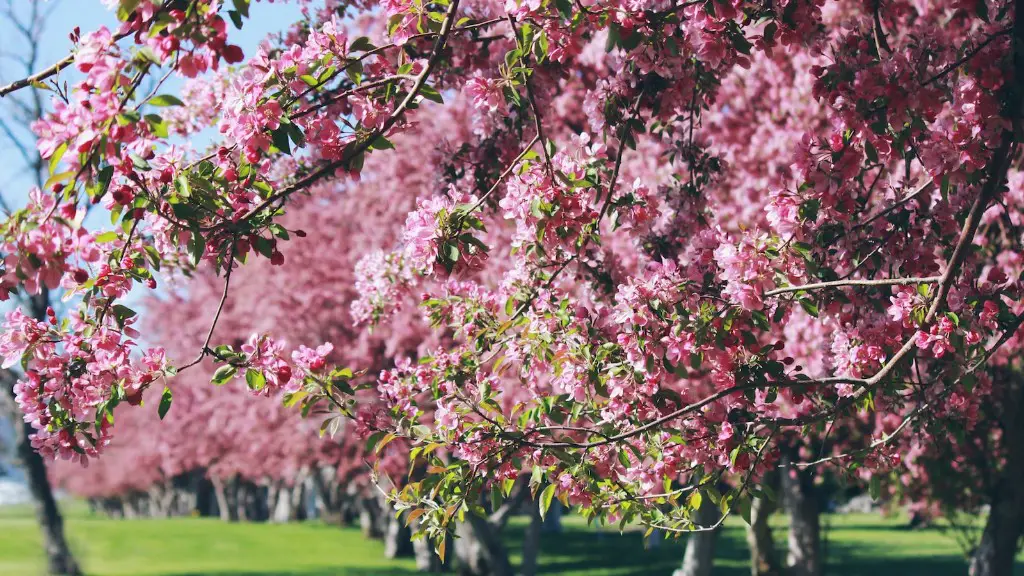Powdered or pelleted compost mixed with sand or perlite is the best soil medium for germinating a lemon tree from seed. To begin, place the seed in a bowl of lukewarm water and soak it for a day or two. Fill a pot with the soil mix and sow the seed approximately 5 cm apart. Maintain a humidity level of 75-80%, either by regular misting or placements of the pot in a plastic bag or box. When the topsoil is dry, lightly water the seedling with a watering can or a mister bottle. Then give them plenty of light, either from a nearby source or from a grow lamp. Generous amounts of direct sunlight can do wonders for a lemon tree.
Offering Nutritional Support
When the lemon tree seedling is a few inches tall, begin to supplement its nutrition with a fertilizer high in nitrogen and low in phosphorous. Apply fertilizer every 6-8 weeks following the manufacturer’s instructions. The lemon tree will require regular pruning since its wood is quite brittle and prone to cracking. Prune the tree to create a strong structure and to encourage thicker branches. At some point, when the tree is established, repot the tree into a slightly larger pot.
Temperature and Humidity Requirements
When temperatures begin to drop at night, provide extra insulation to the lemon tree by covering it with a protective layer of burlap or another lightweight fabric. Humidity can also be managed by surrounding the lemon tree with pots of water, keeping it away from air conditioners, and misting regularly. Poor air circulation can result in fungal issues, so make sure to monitor the air flow around the tree.
Caring for a Lemon Tree
Once the lemon tree is established, it will still require some maintenance for ideal growth. Pay attention to the soil moisture and moisture the plant lightly when the topsoil feels dry, and use a water soluble fertilizer every 6-8 weeks for optimal yield. Citrus trees are vulnerable to aphids, whiteflies, and mealybugs, so regular checkups are recommended to make sure the tree is not infested. Lastly, root pruning every other year helps prevent the tree from becoming rootbound.
Using Pesticides to Protect the Tree
Treat any insect or pest infestations with a mild biodegradable soap-based insecticide. For whiteflies and aphids, place yellow flat traps around the tree and use natural predators like ladybirds to assist in their control. Copper or sulphur-based fungicides help protect the tree from fungal diseases, and neem oil is useful for controlling caterpillars and scales. Use caution when dealing with excess salt on the soil, so flush the soil with clean water if using a standard fertilizer.
Harvesting and Eating Lemons
Once the lemon tree bears fruits, it’s time to harvest them when they’re ripe and bright yellow. If harvesting les quantity than what’s in the pot, fish out the lemon halves from their hats and pick the lemons from the tree. The lemons can then be eaten or juiced immediately or used in other recipes.
Propagating the Lemon Tree
To propagate a lemon tree, isolate a stem and its leafy branches, remove the excess foliage, and bind it up securely. Place the stem into a pot filled with compost or well-draining soil and water lightly. Place it in indirect light and keep the humidity high to encourage root formation. Once the roots have formed, transfer the stem into a larger pot filled with soil. Monitor the water levels and give it lots of direct sunlight and it should produce healthy side shoots in time.
Repotting the Lemon Tree
When the lemon tree’s roots have begun to fill out the pot, it’s time to repot. Prepare a new pot with quality potting soil or compost, then use a spade or hoe to loosen the tree’s roots. Carefully transfer it to the new pot, gently packing the soil around the roots. Water the planted tree until the excess water drains out, and place it in indirect light indoors. After a few weeks of acclimation, the tree should resume its normal growth cycle.
Protecting the Tree During Frost and Other Harsh Weather
When temperatures drop to below freezing, protect the lemon tree by bringing it indoors or shielding it with a thick layer of mulch. If a frost occurs, use a light bulb under the tree to raise the temperature. Many citrus trees are also prone to windburn, so ensure that the tree is placed in an area that does not receive too much wind. Additionally, pay attention to the tree’s water needs during hot and rainy seasons. Give the lemon tree adequate water without saturating, so it can bear good quality fruits all year round.


